You want your home to feel inviting, warm, and hospitable. Here are smart ways to make it feel better.
Most people want their house to feel inviting, comfortable, and hospitable. But creating a Pinterest-perfect home can be intimidating.
If you’re wondering how to make your home feel warm and cozy year round, let’s explore some practical ways to create a more comfortable home.
Got a specific question? Use the links below to jump ahead as needed.
- What makes a comfortable home?
- Why do you need a comfortable home?
- 11 ways make your home feel warm and cozy and more comfortable
- What is the healthiest temperature to keep your house?
- How do you make an old house feel warm?
- How do you make a cold room warmer?
- How do you make your home comfortable for guests?
- Why is your upstairs so hot in summer?
- Discover how to create a more comfortable home at zero upfront cost
What makes a comfortable home?
Comfy blankets and nice lighting can add warmth and style to your home, but if your house feels too-cold or dry in the winter and too-hot in the summer, it’s likely that throw blankets and pillows and a new lamp will only take your mind off of that uncomfortable feeling for so long.
So making your home feel comfortable will often depend on eliminating drafts and stuffiness. (With Sealed, you could get a home comfort and efficiency makeover at no upfront cost. Answer our quick questionnaire to see if your house qualifies.)
I cannot say enough wonderful things about Sealed.… They made everything easy and worry-free. I highly recommend working with Sealed.
Nicole T., Sealed customer
Why do you need a comfortable home?
A comfortable home isn’t just about decor or being proud of your space. Your home is where you spend most of your time, whether you’re working, resting, playing, or entertaining, so home comfort affects your overall wellbeing.
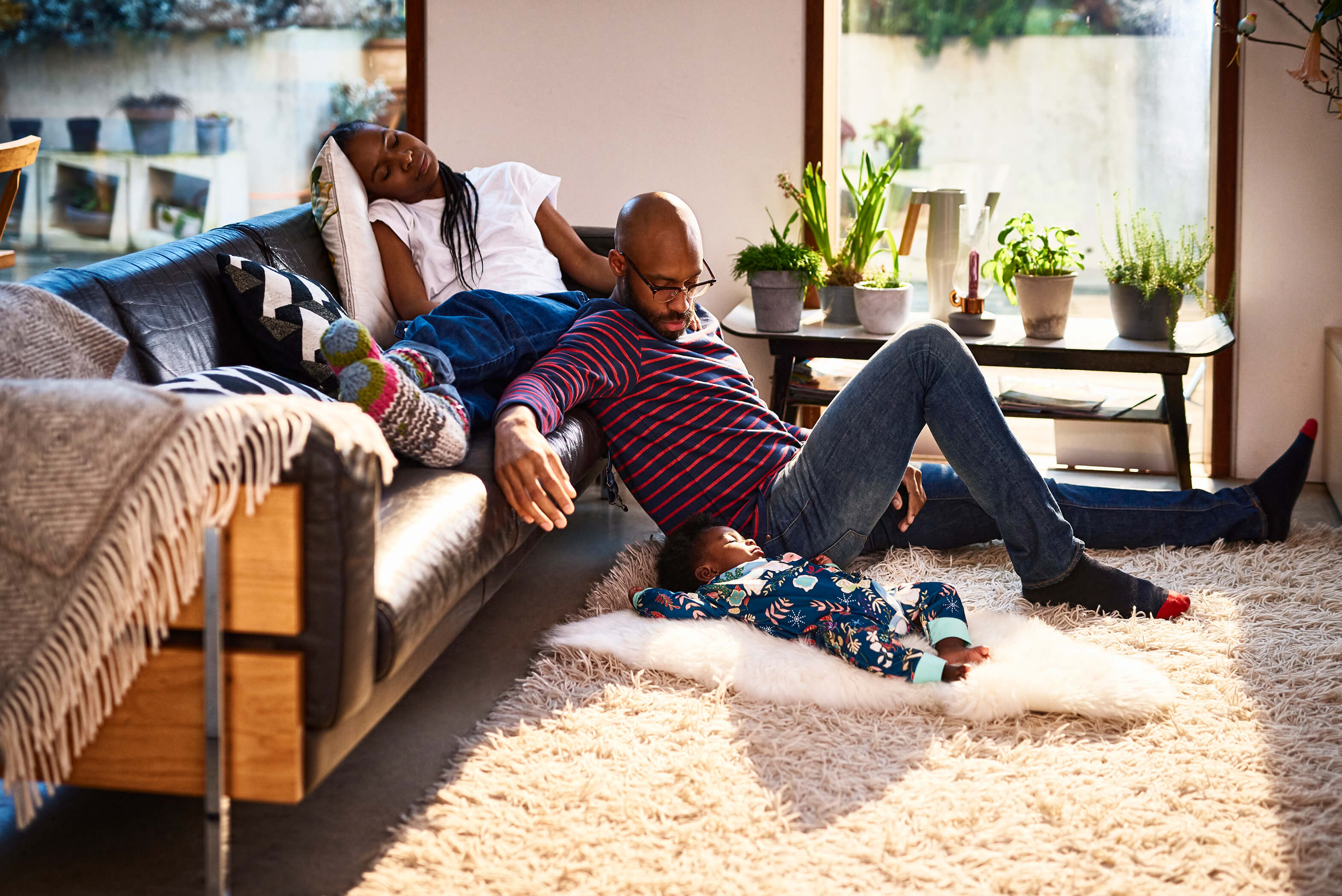
How having a comfortable home impacts your mental and emotional health
It might seem obvious, but your living space influences your emotions and mental health. In fact, studies show that the color you use on your walls and in your accent decor can have an impact on your mood and energy levels (1).
And how we live in our home influences our mental and emotional states as well. Reports show that untidy homes can increase stress, and decluttering your home can lead to better focus, self-esteem, and even reduce the risk of allergies or asthma (2).
But it’s not just the organization and paint color in your home that can influence your mental health. The indoor temperature and overall airflow of your home can, too.
Uncomfortable home temperatures can have negative effects on your mental health.
World Health Organization
Is your house uncomfortably cold in the winter or too drafty? Does your upstairs feel too hot in the summer?
A too-cold house has shown to have negative effects on your mental health, according to the World Health Organization (3). However, extreme indoor heat can also increase mental health issues—and increase aggression, memory, and sleep difficulties (4).
How having a comfortable home impacts your physical health
If your home is experiencing too-hot and too-cold temperature issues, it can impact the quality of your sleep. And we all know that sleep is crucial to overall wellness. Also, if your home has uncomfortable indoor temperatures, it likely has air quality issues, too.
Home indoor air quality issues can be a concern for your respiratory health, and poor air quality can be a contributor to long-term chronic health concerns, including heart diseases and even some cancers, according to the EPA (5).
Your home’s temperature can impact the quality of your sleep. And we all know that sleep is a crucial piece of the puzzle of overall wellness.
If your home isn’t as comfortable as you’d like it to be, you can make your existing living space feel more comfortable with 11 fresh comfort tips.
11 ways to make your home warm and cozy—and super comfortable—year round
When making your home more comfortable, focus on changes that have a lasting effect.
Try these 11 things to make a big difference in how your home feels.
- Eliminate cold air drafts.
- Increase insulation and airflow.
- Embrace your home’s natural light.
- Use cozy, warm LED lights in your light fixtures.
- Add fabric curtains.
- Surround yourself with items you love.
- Eliminate clutter in your home.
- Add area rugs to your floors.
- Include live plants or fresh cut flowers.
- Invest in good bed linens.
- Set your thermostat to the best temperature.
Let’s take a closer look at each of these home improvements.
1. Eliminate cold air drafts.
If drafts in your older home are making you feel chilly, it’s time to make a change. Living in an older home doesn’t mean you have to have to live with uncomfortable drafts during the cold winter months. You can permanently fix cold air drafts by sealing the air leaks in your home and making sure you have sufficient insulation. In fact, you can fix drafty windows (yes, without installing new ones) by air sealing your house, too.
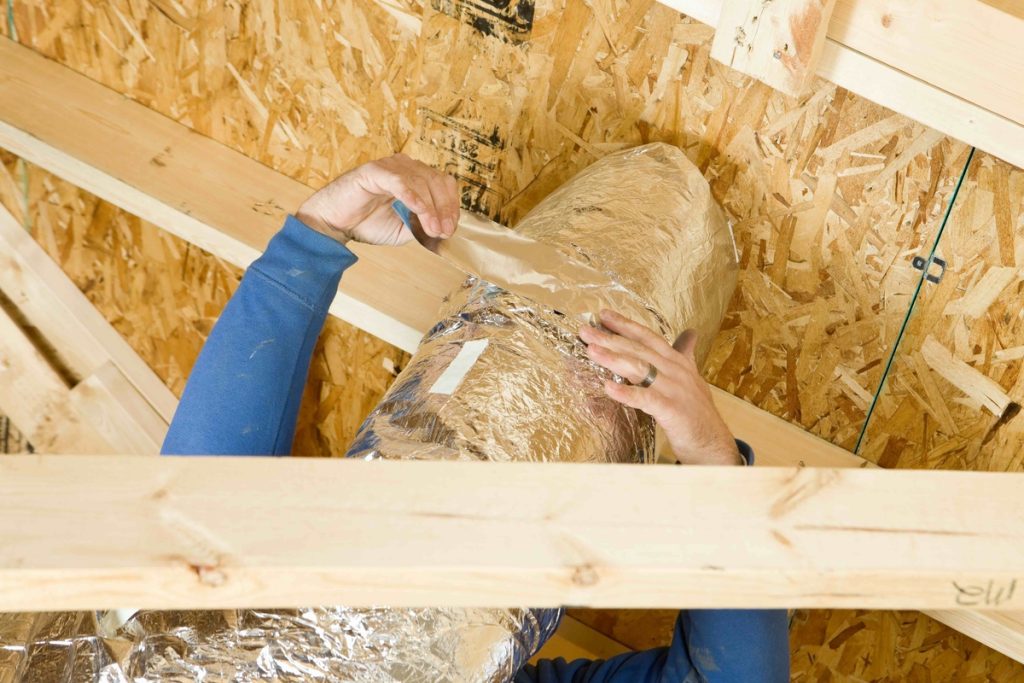
My home is now draft-free and I couldn’t be happier.
Laurie S., Sealed customer
2. Increase insulation and airflow to solve stuffy summer rooms for good.
Is your upstairs too hot? Or do you have one room that’s warmer than others in your house?
This is usually a sign of insufficient insulation and HVAC issues. You can use a short-term fix, like a portable air conditioner or box fan, to temporarily help with the problem.
But the long-term solution to a super-stuffy upstairs is increasing your attic insulation. And if you are sure your house already has plenty of professionally-installed, brand-new insulation, your air conditioner may need an upgrade. Learn when to replace your air conditioner.
3. Embrace your home’s natural light.
Natural light has a huge impact on creating a comfortable home. Not only does the warmth of sunlight create a mood-boost in the winter, but bright, natural light year round can also make your home feel open and inviting.
If you’re worried that natural light will increase the temperature of your home in the summer, use sheer or white cotton curtains to deflect some of the heat. (But if your home has been professionally air sealed and expertly insulated, it’s likely letting the sun shine in isn’t too big of a temperature concern.)
Bright, natural light year round can make your home feel open and inviting.
4. Use cozy, warm LED lights in light fixtures.
LED light bulbs can be an excellent choice for your home’s energy efficiency, but some LEDs can give off a harsh hue.
Harsh, bright lighting can feel overwhelming to some visitors in your home.
If you’re looking for an added touch of cozy comfort, switch the light bulbs in your fixtures to a warm or yellow LED light without bright white or blue hues. It’s a small change you can make in an afternoon, but it makes a big difference in home comfort levels.
5. Add fabric curtains for a more cozy, inviting feel.
Fabric curtains add texture and color to your home and can help act as additional insulation around your windows in the winter while keeping warm air out in summer. And this can be especially helpful if you haven’t had your windows air sealed.
Okay, so why do we keep talking about air sealing in this article about creating a comfortable home? Well, every home has air leaks—and they form along gaps and seams as your home settles over time.
Usually, air leaks are found around your windows, doors, light and plumbing fixtures, and foundation, and they can create home ventilation and airflow issues. Air leaks are responsible for cold air drafts in winter and hot air blasts in summer.
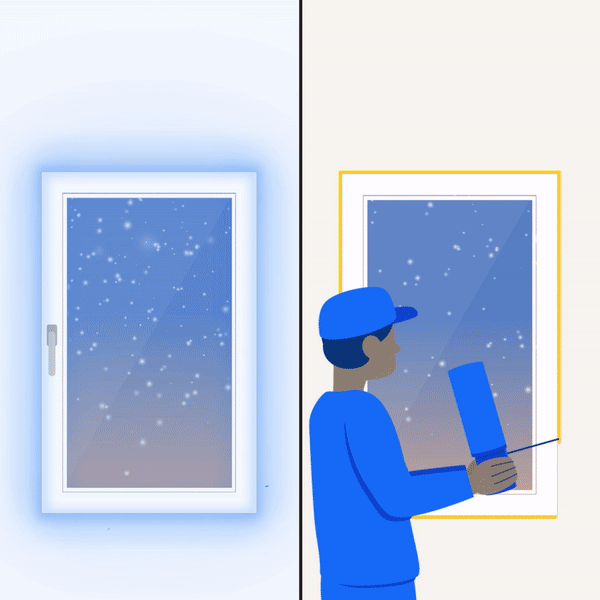
6. Surround yourself with items you love.
One of the best things you can do to increase your home’s comfort is to fill your home with what makes you feel at ease, whether that’s artwork, books, or sports memorabilia.
Hanging photos of family and friends or places you’ve traveled can remind you of important memories and act as a mood boost.
Or supporting a favorite artist and displaying their work in your home can be inspiring and make your home feel more comfortable—to you and your guests.
7. Eliminate clutter in your home.
So yes, you should surround yourself with things you love, but it’s an important part of creating a comfortable home to minimize clutter, too.
You’ve heard it before, but donating items you no longer have use for or recycling and removing them from your home can help you breathe easier—figuratively and literally.
Not only does decluttering give you peace of mind, but also, the less stuff you have hanging around, the less opportunity there is in your home for dust to gather, settle, and aggravate your allergies.
The less stuff you have hanging around, the less opportunity there is for dust to gather, settle, and impact your respiratory health.
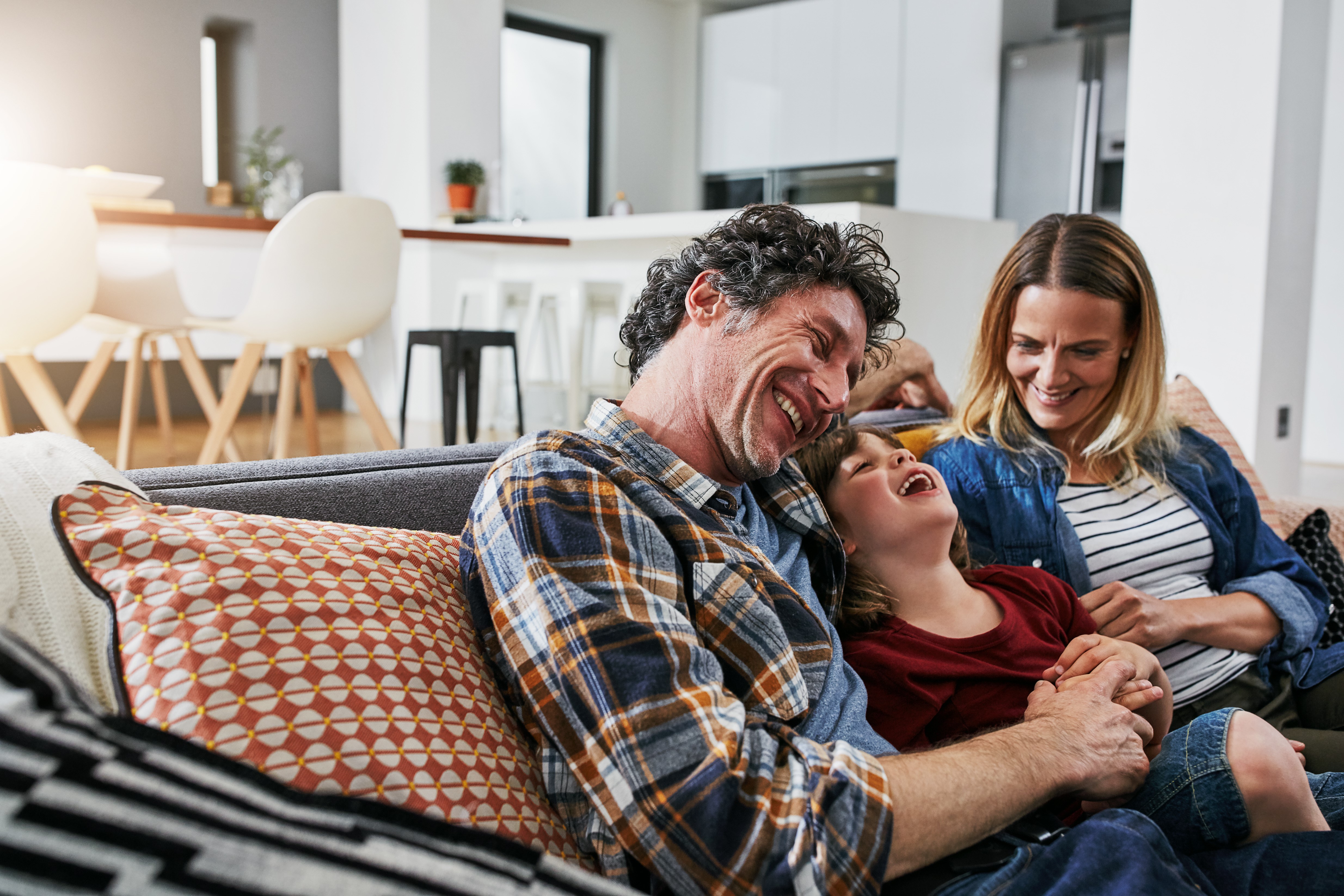
8. Add area rugs to your floors.
Area rugs can add warmth and style, and they can help insulate your floors, too—especially if your home has wood, laminate, or tile flooring.
Gaps around your home’s foundation can actually suck in cold air from outside, so if you don’t have carpeted floors, your feet can easily feel these cold pockets during the winter.
And if you already have carpeted rooms, adding a statement rug on top can still add additional warmth and style.
9. Include live plants or fresh cut flowers to help make your home feel cozy.
Fresh cut flowers and live houseplants can help your home feel more comfortable, and there are many houseplants—including the well-loved pothos plant—that are easy to grow.
Many homeowners use plants to improve home air quality. While indoor plants can help clean your air, according to Wired, you’d actually need about 80 plants per room to have a significant impact on indoor air quality (6).
But a better, more effective way to filter your home’s air is installing a heat pump central HVAC system, which works to heat and cool your home and filter the air all at the same time.
10. Invest in good linens and cozy throw blankets.
Investing in a great set of bed linens—ones that are specific to the season you’re in—can make a big impact on feeling comfortable throughout the year.
Flannel sheets are warm and cozy, a great choice for super cold winters. And linen sheets or performance cotton options can be a great choice for maintaining a comfortable home in the summer.
And including soft throw blankets throughout your house can help you feel warm and cozy in winter, no matter what room you’re in. Simply trade them out for lighter throws in the summer, or tuck them away until autumn comes back around.
11. Set your thermostat to the best temperature for you.
The most important thing to know about setting the best temperature for your house is: Having an HVAC system that modulates—no matter what temperature is comfortable to you—can minimize your home’s energy use while also maximizing your home’s comfort.
A smart thermostat can help regulate your HVAC system’s energy use while still keeping a comfortable home temperature. It learns your preferences and patterns, and it can help reduce wasted energy when no one’s home. (All while making sure your home will be comfortable before your return).
Ideal home temperatures based on season:
- Winter: 68°F, or the lowest comfortable temperature for your household
- Spring: 68–70°F
- Summer: 72–78°F, or the highest comfortable temperature for your household
- Fall: 68–70°F
Yes, you can actually be comfortable during the depths of winter or heights of summer without wasting energy—and while setting your thermostat to your preferred temp.
Sealed coordinated the complete sealing and insulating of the attic… and installation of a Nest learning thermostat. They did a great job of explaining the process to me and oversaw the actual work through completion.
Paul P., Sealed customer
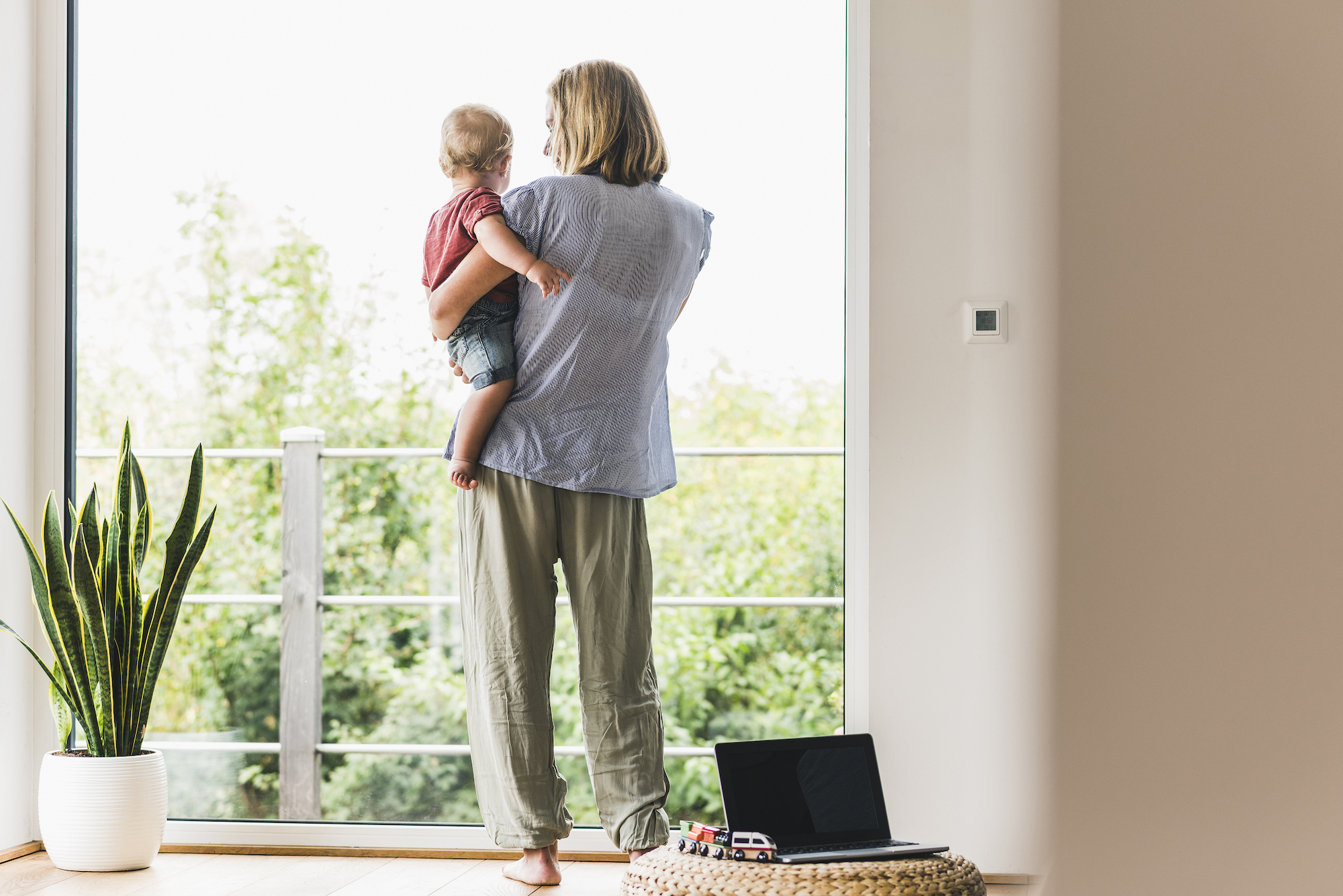
Comfortable Home FAQ
Have a specific question about creating a comfortable home not answered below? Contact us!
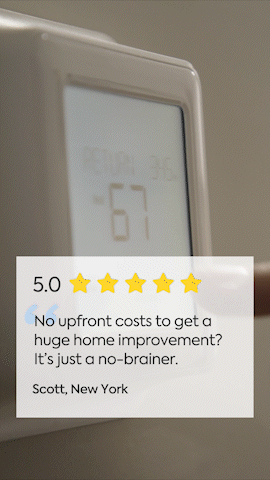
What is the healthiest temperature to keep your house?
The U.S. Department of Health and Safety recommends a setting of at least 68–78°F in the winter if you have health concerns or older family members (7).
But remember, Sealed can help make your home feel amazing year round, no matter what your preferred thermostat temperature is.
What temperature is best for sleeping?
To keep yourself comfortable overnight and promote healthy sleep, the recommended bedroom temperature is between 60°F and 68°F (8).
How do I make an old house feel warm?
Blankets, space heaters, and additional layers of clothing can help your old house feel warmer in the short term. But professional insulation, air sealing, and an energy-efficient heating system are the permanent fixes that work together to make an older house feel warm and cozy.
To learn more, read How to Heat an Old House Efficiently.
How do I make a cold room warmer?
If you have one room that just won’t get warm, a space heater could be the quickest temporary fix. But to permanently fix uneven temperatures in your home an expert can pinpoint the exact problem. Usually, having just one too-cold room stems from insulation or airflow problems in your home.
(And working with Sealed can help you fix those insulation and airflow issues for good!)
How do I make my home comfortable for guests?
In addition to our 11 suggestions above, keeping your house at a comfortable temperature in each room of your house (even the rooms you don’t regularly use, but that your guests do) can make a big difference for your visitors.
If you hesitate to adjust the thermostat because you’re trying to save on energy bills, Sealed can help. We can create a custom plan for your home that increases comfort and decreases energy use.
(So yes, you can adjust your thermostat to feel better whenever you need to and still reduce energy use.)
Sealed can create a custom plan for your home that increases comfort and decreases energy use.
Why is my upstairs so hot in summer?
Heat rises, and when the cooled air inside your house escapes through air leaks in your house and attic, it creates a vacuum and sucks in warm air from outside.
If your upstairs floor doesn’t get cool enough in the summer, it’s likely you don’t have a sufficient thermal boundary between your home and the outdoor heat—meaning, your home is taking in too much hot air from outside.
Talking with an expert can help you pinpoint the right improvement that can fix a too-hot upstairs floor for good.
For a quick look at how outside air can make your home uncomfortable, check out this quick video below:
The entire house has stayed much more comfortable and consistent. Sealed made my home modern without having to look modern.
Gretchen H., Sealed customer
Create a comfortable home with Sealed
Sealed can help you love the home you’re in and make it feel amazing and comfortable in every season.
Sealed uses the powerful combination of insulation, air sealing, and heat pumps (the Tesla of HVAC systems) to create a comfortable home that’s incredibly energy efficient.
And with Sealed, you can get this work done at zero upfront cost—you pay for the work done with a flexible payment option that works best for you and your budget.
And we back our work 100%—if you don’t save energy, we take the hit.
Answer our quick questionnaire today to see if your house qualifies.